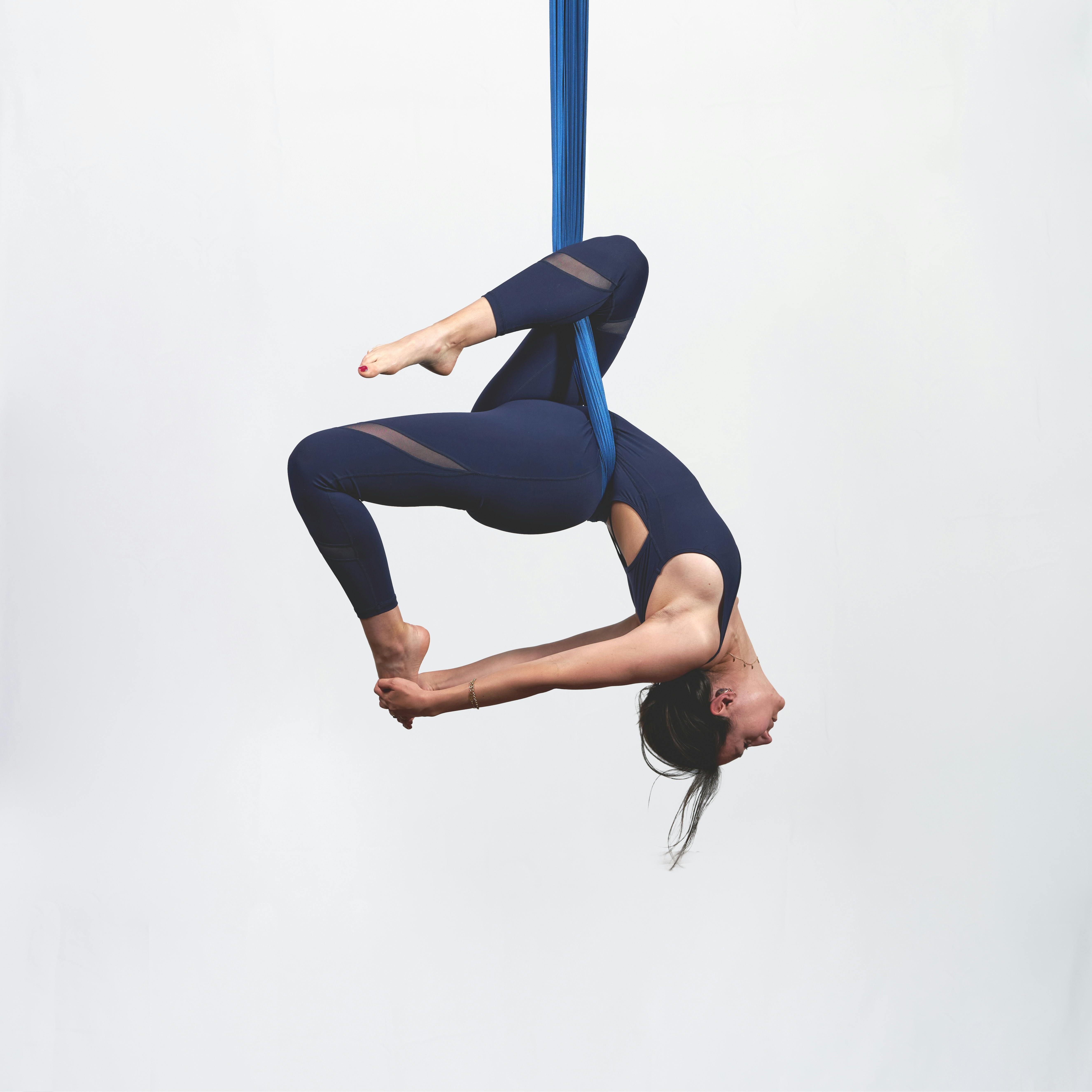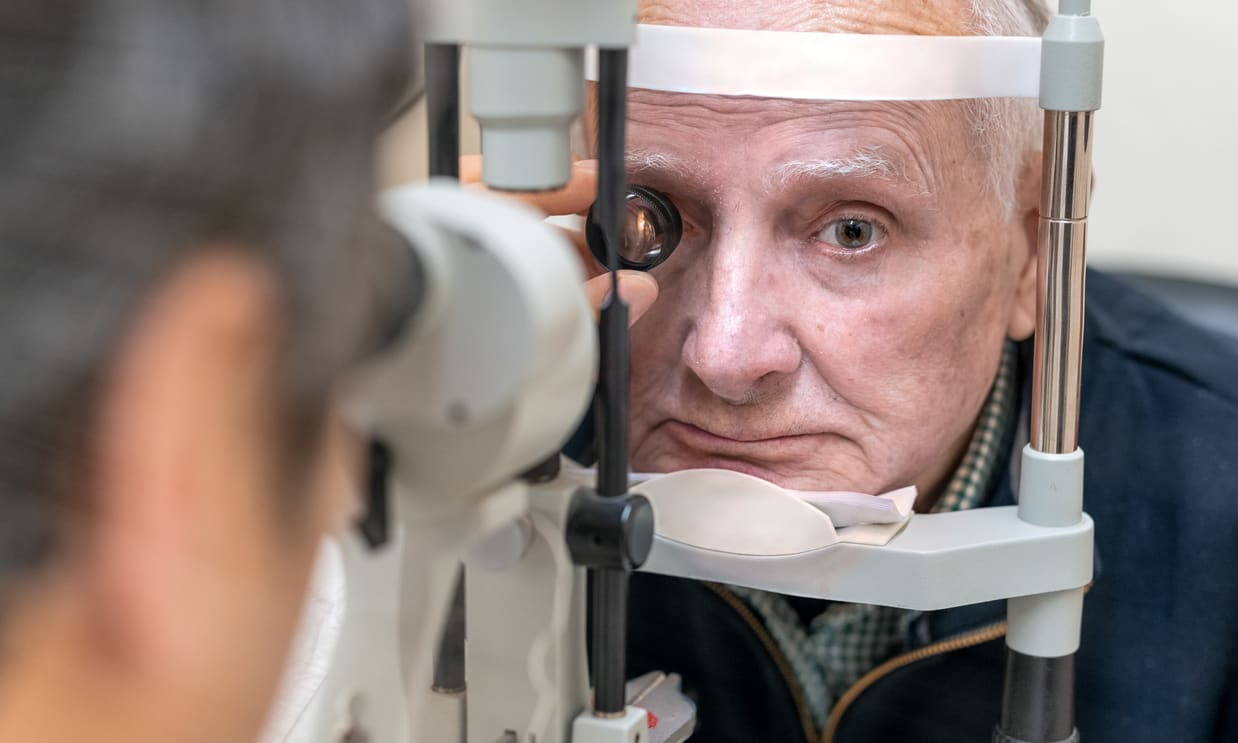Defying Gravity: The Ascension of Aerial Dance in Modern Times
Aerial dance, a fascinating fusion of dance and acrobatics performed in mid-air, has gained popularity in recent years. However, its roots can be traced back to the early 20th century when dancers began to challenge the traditional confines of the stage. Pioneers like Isadora Duncan sought to defy gravity, using scarves and ropes to elevate their performances. By the 1970s, artists like Terry Sendgraff were incorporating apparatus such as trapeze into their choreography, establishing a new genre of dance that embodied freedom, strength, and innovation.

Soaring High in Pop Culture
Today, aerial dance has soared into mainstream culture. The 2000s have seen an explosion in aerial performances in a variety of settings, from Cirque du Soleil’s stunning spectacles to P!nk’s gravity-defying concert routines. Television shows like America’s Got Talent frequently showcase aerialists, reflecting the public’s growing fascination with this art form.
The Influence of Aerial Dance
The rise of aerial dance has had a profound impact on contemporary performance practices. It has broadened the scope of what is considered dance, challenging traditional notions of space, movement, and physical limitations. Its unique blend of athleticism and creativity has also contributed to a broader acceptance of circus arts as a legitimate, respected form of artistic expression.
The Artistry of Defying Gravity
Aerial dance offers a unique perspective, both for the artist and the audience. The ability to move in three-dimensional space adds a new layer of complexity and potential for creative expression. For the audience, the visual spectacle of a dancer defying gravity can be both thrilling and deeply emotive. It’s a dance form that transcends the limits of the human body, embodying a powerful metaphor for freedom, resilience, and transcendence.
Looking to the Future
As aerial dance continues to gain popularity, we can expect to see further innovation and evolution in this field. The incorporation of new technologies, such as drones or virtual reality, could offer exciting new possibilities for performance and audience engagement. Moreover, the continued integration of aerial techniques into traditional dance forms could lead to exciting new hybrid genres.
In conclusion, aerial dance represents a vibrant and evolving aspect of the arts and entertainment landscape. Its rise reflects a broader cultural shift towards more diverse, innovative, and inclusive forms of creative expression. As we look to the future, we can only anticipate with bated breath, the heights that this art form will reach.




